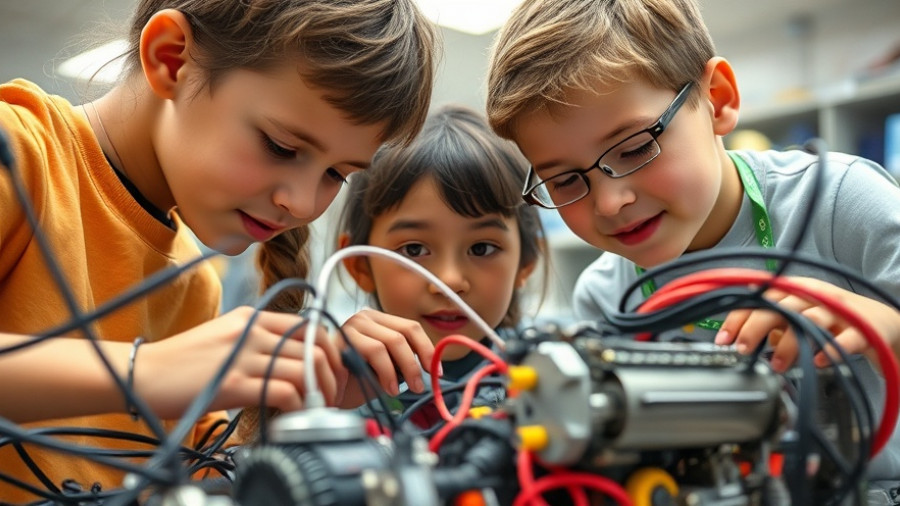
Introducing Latam-GPT: A New Frontier for Collaborative AI
In an era where technology often favors major players, the emergence of Latam-GPT shines a light on collaborative innovation in Latin America. This free and open-source large language model, spearheaded by the Chilean National Center for Artificial Intelligence (CENIA), aims to empower the region by fostering technological independence and utilizing local languages and contexts.
The Power of Collaboration
According to Álvaro Soto, the director of CENIA, Latam-GPT represents a concerted effort across Latin American nations. "This work cannot be undertaken by just one group or one country in Latin America," Soto explains. By involving citizens in the development process, the project embraces a bottom-up approach, encouraging grassroots contributions alongside recent governmental interest.
Cultural Relevance and Unique Insights
Distinct from models like OpenAI's GPT, Latam-GPT strives to reflect the unique cultural and linguistic tapestry of Latin America. By understanding regional dialects and historical contexts, the model aims to relate more deeply to local users. With over 33 strategic partnerships across Latin America and the Caribbean, the initiative has amassed an impressive corpus of data exceeding eight terabytes, ensuring the model's depth of knowledge.
Building a Strong Data Foundation
The dataset comprises over 2.6 million documents sourced from 20 different countries, creating a language model poised to handle complex tasks effectively. As Soto notes, "If we ask it about topics relevant to our region, its knowledge will be much deeper." The initial model promises performance comparable to commercial giants but excels in domain-specific areas relevant to Latin Americans.
Growth Opportunities for Diverse Industries
Latam-GPT isn’t just a one-off launch. It's positioned as a scalable AI framework that allows institutions to customize it for various sectors such as education and healthcare. This adaptability opens a world of possibilities for startups and agencies looking to integrate robust AI tools into their tech stack, potentially enhancing their business software and SaaS platforms.
Future Outlook: A Collaborative AI Ecosystem
As AI continues to reshape our daily lives and industries, the potential of collaborative projects like Latam-GPT cannot be overstated. By leveraging local knowledge and resources, it sets a precedent for future technological collaborations. Companies that harness this open-source model will not only benefit from tailored AI tools but also contribute to a growing community focused on shared technological innovations.
Conclusion: Embrace the Collaborative AI Revolution
As Latam-GPT prepares for its initial rollout, it serves as a reminder of the importance of community-driven technology. Tech-savvy entrepreneurs and agencies must consider participating in this revolutionary project to enhance their offerings and influence the future of AI in Latin America. Join this collaborative journey and contribute to building an AI ecosystem that is both inclusive and innovative.
 Add Row
Add Row  Add
Add 




Write A Comment